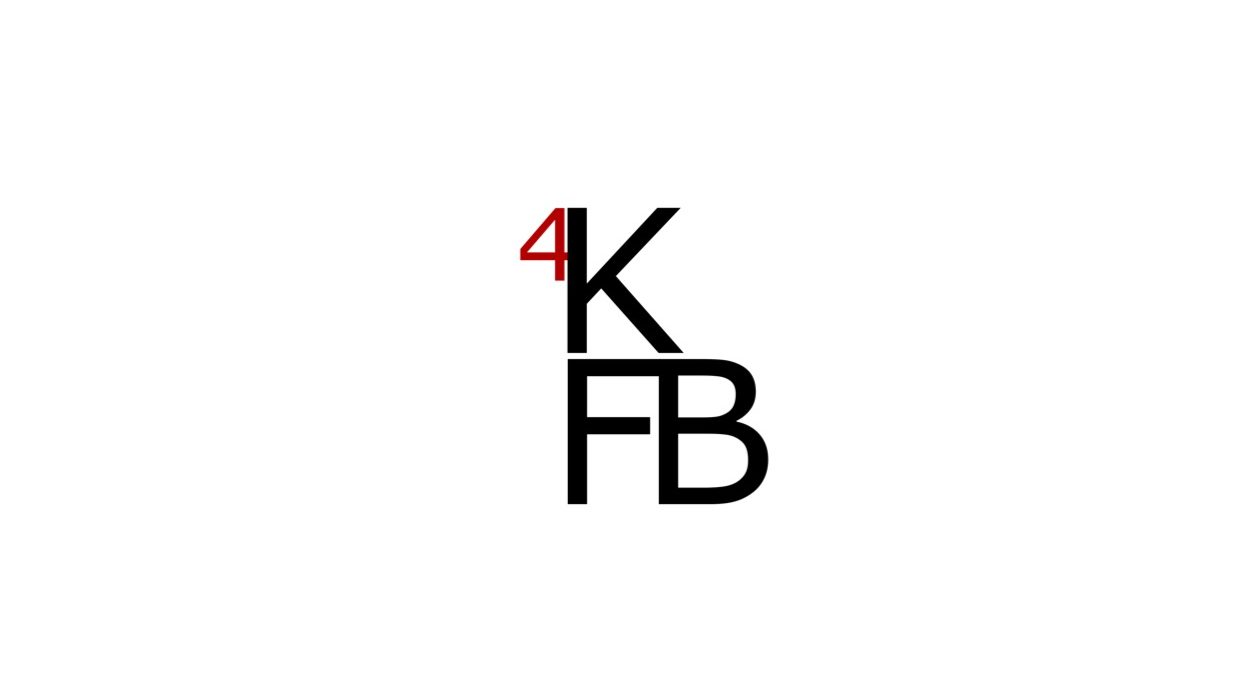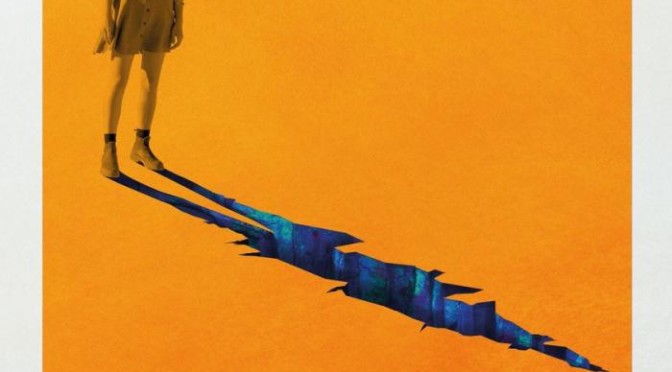Writing about the Berlinale, we have always taken care to have a look at the festival program outside of the movies that will end up in cinema for sure. Movies and projects that might be a little off or come from strange places, telling stories beyond or against the expectations. For this reason I took a look at a program that was launched by the Venice Film Festival in 2012, where the Festival funds a feature-length film with 150.000 Euro, that has to be made in ten months and presented at the Festival. I expected something rough and maybe interesting. I didn’t expect to be really taken in by Alena Lodkinas ‚Strange Colours‘.
Milena is going somewhere, that’s for sure. Only were this ’somewhere‘ might be isn’t sure at all. Her father has called from the hospital and asked her to visit, he is ill. So Milena travels to the remote mining town, where he lives, to visit a man she hardly knows. Supposedly she is just dropping by on her way to Alice Springs, because a friend has a job for her there. Maybe. Maybe Milena just wants to disguise that she’s lost and will stay longer than she wanted or intended. However in the mining town where her father has spend his best years searching for opals there’s nothing to be done except have beer at noon and walk the bush.
Summarized this way the movie seems to be a pretty straight forward story about a father-daughter-relationship with an added bit of soul searching. But ‚Strange Colours‘ works differently. All these cornerstones for a story are scattered throughout the narrative like the precious stones Milenas father is searching for and are given up almost involuntarily by it’s characters. „Show don’t tell“ is a common advice to young and not so young filmmakers – this film takes it to heart. In ‚Strange Colors‘, when the characters speak, it reveals a lot and crucial information about them, but the narrative draws from their faces, their bodies and the space around them. More often than not nobody speaks, because they have nothing to say or just not the right hings.. So we watch the way Milena moves through the landscape, looks at her fathers place and exchanges a few, wary words of greeting with the miners.
Kate Cheel, who lends the main character her strangely beautiful face, plays Milena as a strong willed and quiet woman with wary and slanted eyes like a wild life animals – always watching her surroundings and the father she has never really known. She manages to carry the whole movie through a great combination of restraint and the feeling that there is a storm raging inside her. Her father – a foul-mouthed, tattooed and long haired man played by Daniel P.Jones – either expects to much or gives to little and seems faced with the regrets of a lifetime. His mining partner Frank, played by Justin Courtin, completes the trio with a constant longing edged around his mouth. These three are backed by a strong sense of place that is mostly thanks to the locals playing their part and a director who knows the area and it’s residents very well.
Next to these relationship studies there seems to be a bigger context I only notice later on, because it might have been cliché in another movie: There’s snakes and frogs crawling through the house, there’s the outback and its roughness. Not to mention half criminal, half lost characters, who aren’t sure if their life in the middle of nowhere is exile and punishment or a quiet paradise of independence. To cut it short the movie seems very Australian. Or at least follows the image most people like me have of Australia. At one point Milena tells her father: „I’m afraid of the violence you are capable of.“ This is a personal, emotional violence but also actual violence in defense of a land and it’s treasures that aren’t really her fathers to begin with. In this light the acknowledgment to the native people right at the beginning of the film suddenly fits the narrative of a movie that otherwise doesn’t directly mention colonial history. This second layer adds to the fragile and complicated relationship between Milena and her father to become a meditation on place, history and family.
Finally compliments go to all the cast and crew, who have made a great feature-length movie on a tiny budget under challenging circumstances. Until the 19th September ‚Strange Colours‘ will be available for stream on the online platform of the Filmfestival. So if you want to have a look yourself, it’s a whole hearted recommendation!
Link to the Stream: https://www.festivalscope.com/all/festival/venice-sala-web-1/2017
More information on Alena Lodkina and ‚Strange Colors‘: https://blog.womenandhollywood.com/venice-film-fest-2017-women-directors-meet-alena-lodkina-strange-colours-c80176e3a65

